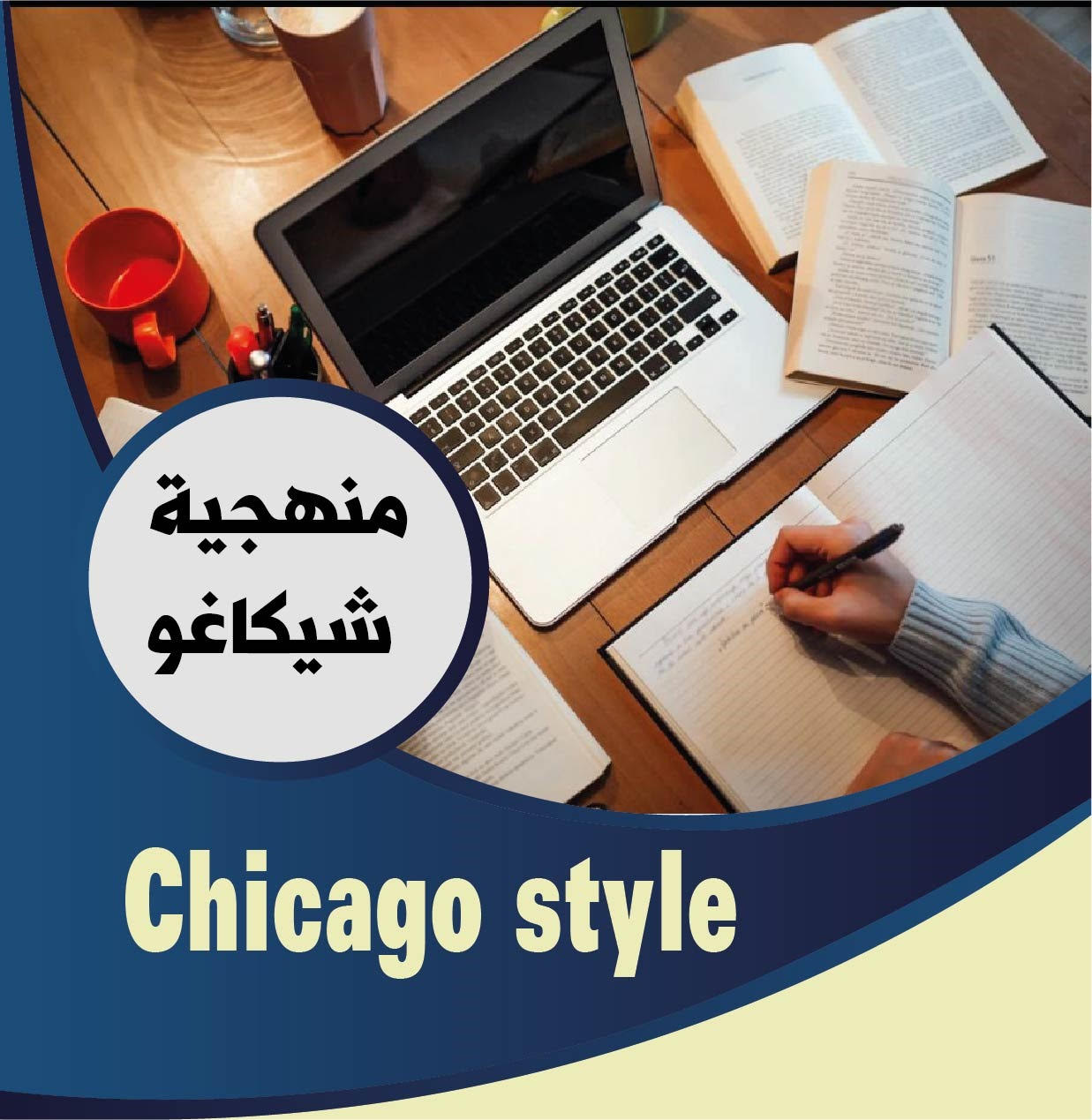Cyber war: a study in the strategy of cyber attacks between the United States of America and Iran
Abstract
The cyber war is one of the tools of the fifth generation wars, as it has taken a wide and influential space at the present time, as it not cost the attacker side a big fund unlike the targeted party, whose facilities, vital sites and infrastructure are in the crosshairs of destruction, exhaustion and slowness, and this is actually translated between the two sides of the conflict between the united states of America and Iran (the focus of the study is on the period after 2006 until the present time, as cyber attacks between the two parties in the cyberspace were the dominate feature between them using destructive software and viruses as cyber strategic weapons resulting from their strategic orientations through successive US administrations on the one hand and through successive Iranian presidents on the other hand, specialized institutions were established on the foregoing basis. The United States of America seeks, as a result of these attacks, to destroy the vital sites and infrastructure of Iran, especially in its nuclear field, with Iranian cyber attacks against the vital sites of the United States of America in a message to it that Iran has effective ability in this field, with the introduction of these cyber attacks NS between the two parties according to timings and temporal events and according to a graphic path that may pave the future for the comprehensive war unless it is strategically controlled, and in addition to the foregoing and for the scientific necessity, the cyber war was presented in terms of its origin and concept with comparative approaches to complete the topic of the research.











